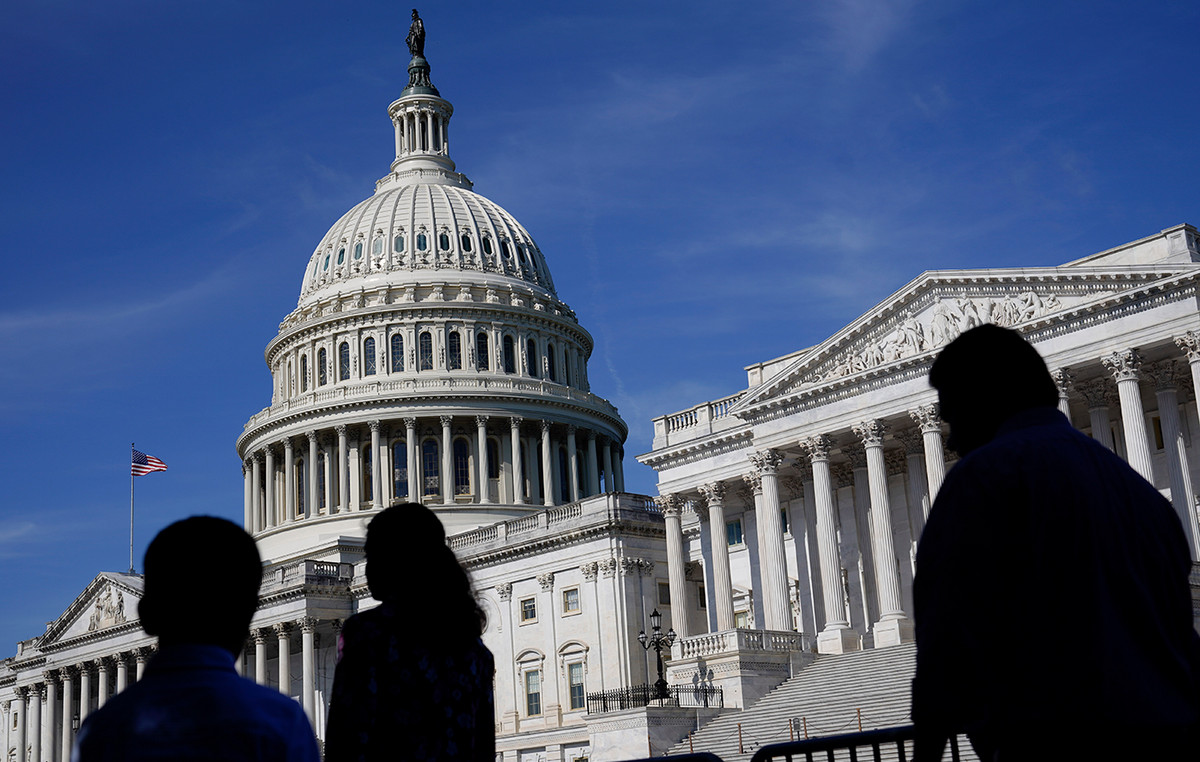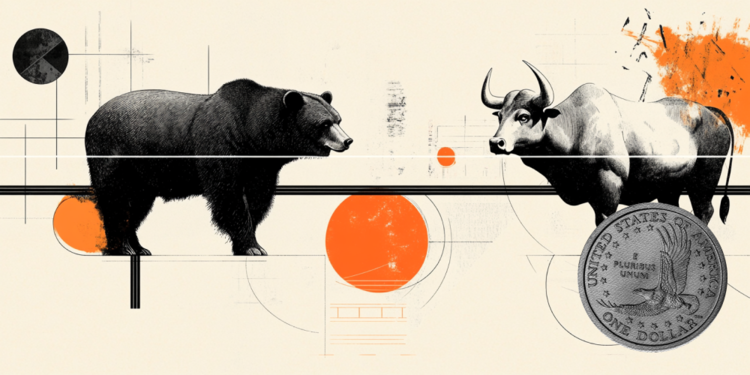Reserve Bank of Australia (RBA) Governor Michele Bullock is speaking at the press conference, following the announcement of the December monetary policy decision on Tuesday.
Bullock is answering questions from the media as part of a new reporting format for the central bank that begins this year.
The RBA kept the benchmark interest rate at 4.35% for the ninth consecutive meeting on Tuesday, but signaled a moderate turnaround.
Key quotes
We need to think carefully about the policy.
Recent data has been mixed with some softening.
It was discussed that the risks of upward inflation had moderated but not disappeared.
We need to see more progress in core inflation.
Some inflationary pressures persist.
Some data has been a little softer, but inflation remains elevated.
The level of demand is still too high.
The change in wording of the statement is deliberate.
The Board has indicated that the data has been softer.
We have a little more confidence in inflation.
The Board feels that the economy is fairly in line with forecasts.
We don’t need two or more quarterly inflation reports for change.
Story in development, please refresh page for updates.
Market reaction
AUD/USD maintains losses near 0.6400 with the above comments, down 0.54% on the day, at the time of writing.
The Australian Dollar FAQs
One of the most important factors for the Australian Dollar (AUD) is the level of interest rates set by the Reserve Bank of Australia (RBA). As Australia is a resource-rich country, another key factor is the price of its largest export, iron ore. The health of the Chinese economy, its largest trading partner, is a factor, as is inflation in Australia, its growth rate and the Balance of Trade. Market sentiment, that is, whether investors bet on riskier assets (risk-on) or seek safe havens (risk-off), is also a factor, with the risk-on being positive for the AUD.
The Reserve Bank of Australia (RBA) influences the Australian Dollar (AUD) by setting the level of interest rates that Australian banks can lend to each other. This influences the level of interest rates in the economy as a whole. The RBA’s main objective is to maintain a stable inflation rate of 2%-3% by adjusting interest rates up or down. Relatively high interest rates compared to other major central banks support the AUD, and the opposite for relatively low ones. The RBA can also use quantitative easing and tightening to influence credit conditions, with the former being negative for the AUD and the latter being positive for the AUD.
China is Australia’s largest trading partner, so the health of the Chinese economy greatly influences the value of the Australian Dollar (AUD). When the Chinese economy is doing well, it buys more raw materials, goods and services from Australia, which increases demand for the AUD and drives up its value. The opposite occurs when the Chinese economy does not grow as fast as expected. Therefore, positive or negative surprises in Chinese growth data usually have a direct impact on the Australian Dollar.
Iron ore is Australia’s largest export, with $118 billion a year according to 2021 data, with China being its main destination. The iron ore price, therefore, may be a driver of the Australian dollar. Typically, if the price of iron ore rises, the AUD also rises as aggregate demand for the currency increases. The opposite occurs when the price of iron ore falls. Higher iron ore prices also tend to result in a higher likelihood of a positive trade balance for Australia, which is also positive for the AUD.
The trade balance, which is the difference between what a country earns from its exports and what it pays for its imports, is another factor that can influence the value of the Australian dollar. If Australia produces highly sought-after exports, its currency will gain value solely from the excess demand created by foreign buyers wanting to purchase its exports versus what it spends on purchasing imports. Therefore, a positive net trade balance strengthens the AUD, with the opposite effect if the trade balance is negative.
Source: Fx Street
I am Joshua Winder, a senior-level journalist and editor at World Stock Market. I specialize in covering news related to the stock market and economic trends. With more than 8 years of experience in this field, I have become an expert in financial reporting.







